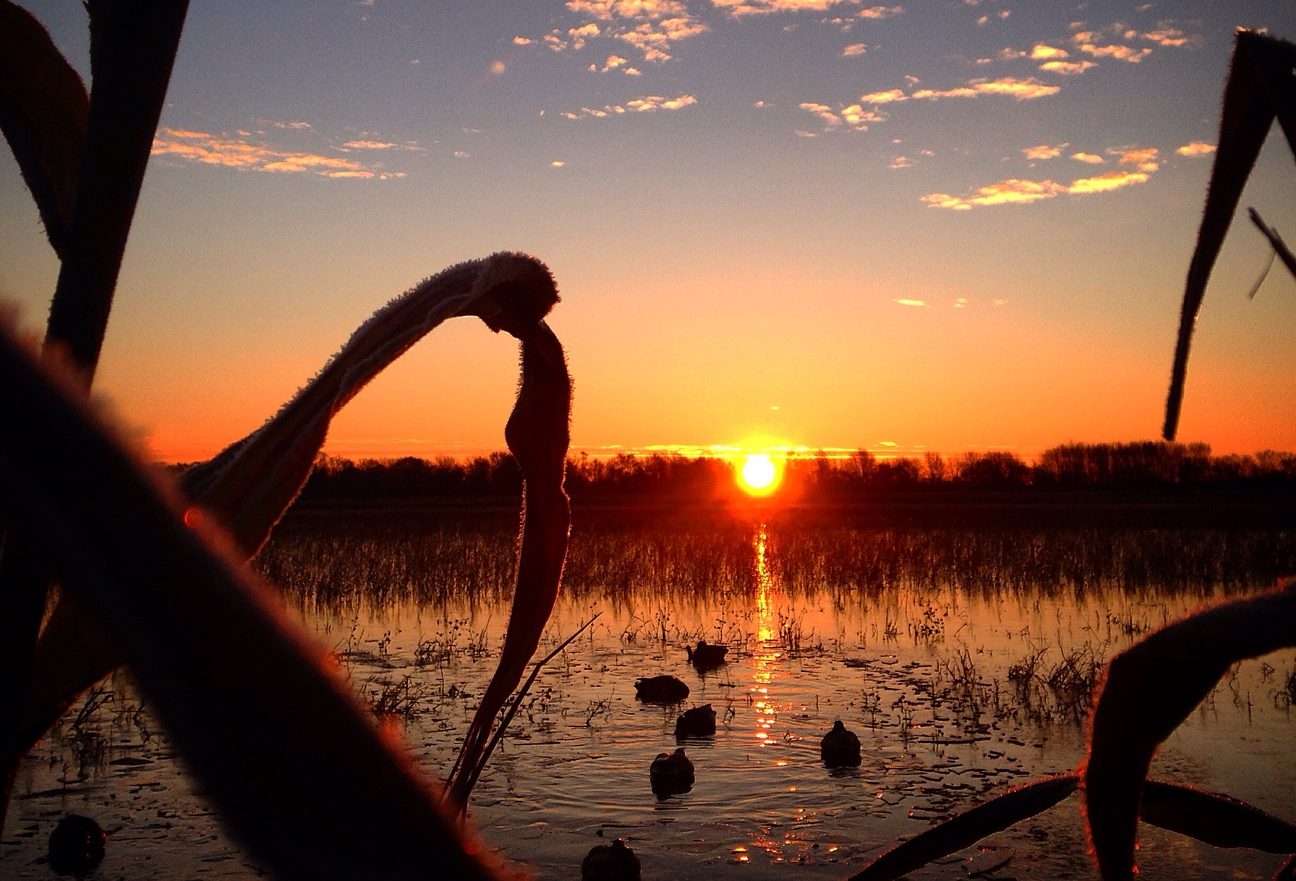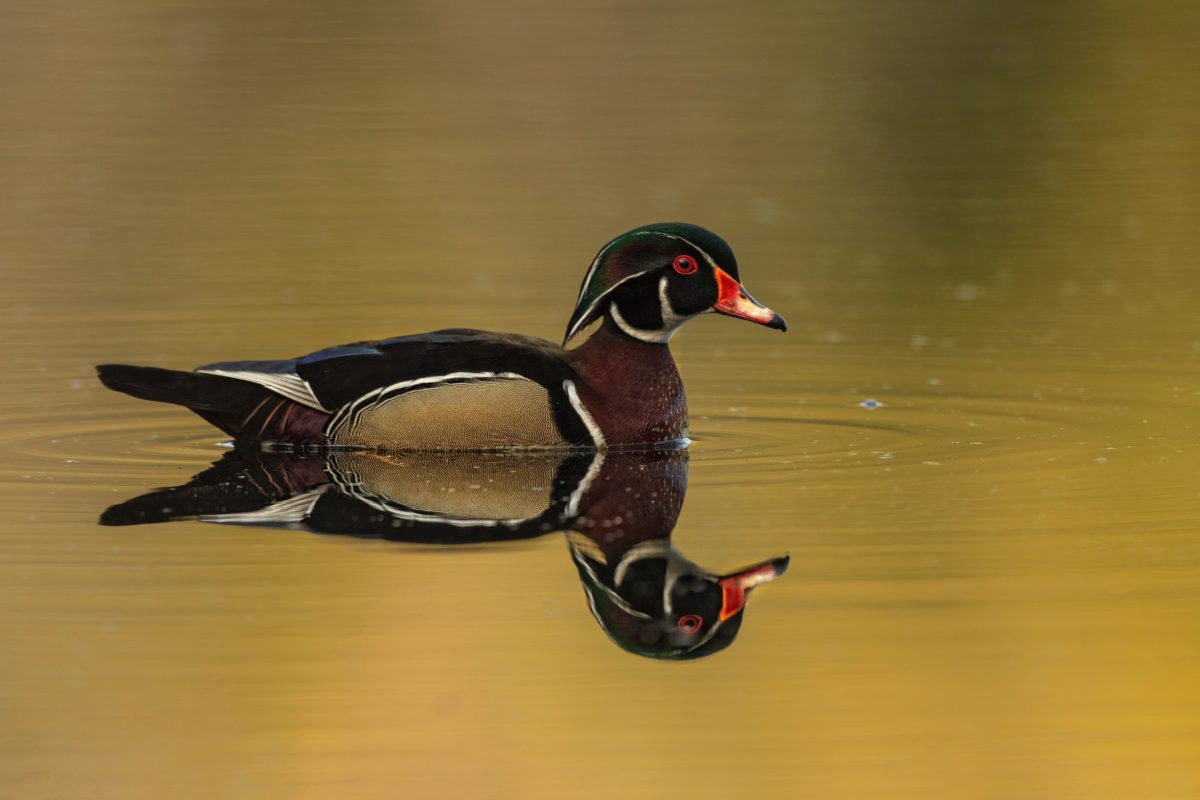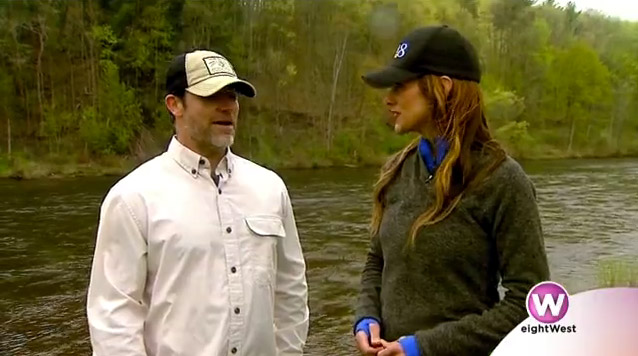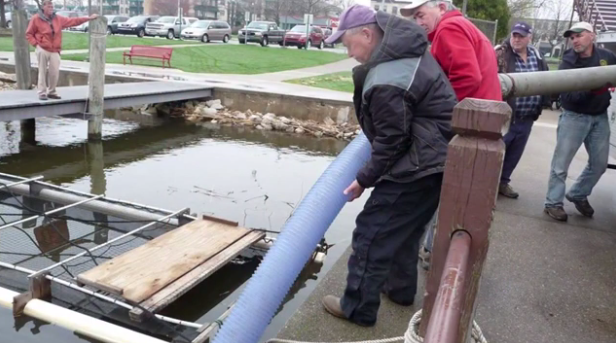Looking for an adventure? Then grab your binoculars and explore a Wetland Wonder near you.
Michigan has seven Wetland Wonders scattered across the southern Lower Peninsula that offer exceptional wildlife viewing, bird watching, paddling and hiking opportunities.
Created in the 1950s and 1960s by the Michigan Department of Natural Resources (DNR), these areas provide exceptional waterfowl hunting and wildlife viewing. The areas remain managed today and have become an ideal haven for migrating waterfowl and other wetland wildlife.
“The Wetland Wonders are premier managed waterfowl hunt areas in the state. But even if you’re not interested in hunting, they’re the perfect spot to see nature up close,” said Matt Pedigo, chair of the Michigan Wildlife Council, a nine-member board created three years ago to educate the public about how Michigan’s wildlife and natural resources are managed and how those activities are funded.
Wetland Wonders are Harsens Island at the St. Clair Flats State Wildlife Area in St. Clair County; Pointe Mouillee State Game Area in Monroe and Wayne counties; Fennville Farm Unit at the Allegan State Game Area in Allegan County; Fish Point State Wildlife Area in Tuscola County; Muskegon County Wastewater Facility in Muskegon County; Nayanquing Point State Wildlife Area in Bay County; and Shiawassee River State Game Area in Saginaw County.
“Each one is an important resource for all of Michigan,” said Holly Vaughn, DNR wildlife communications coordinator.
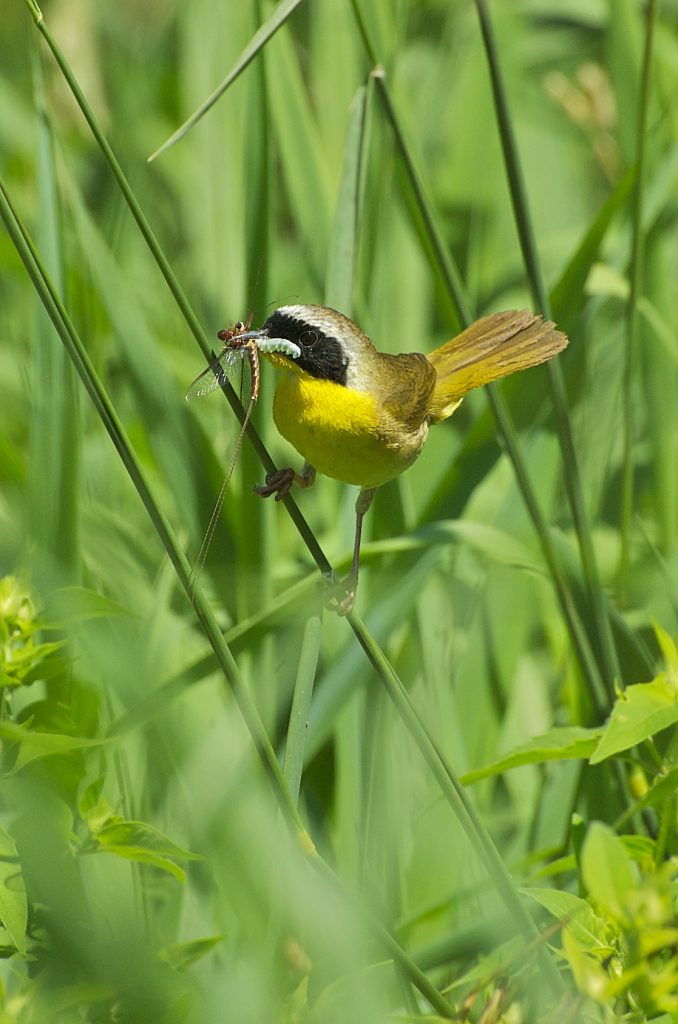
Nature lovers welcome
Waterfowl hunters aren’t the only ones who benefit from the habitat management at the Wetland Wonders. They’re free and open for anyone to visit, use and enjoy most of the year.
Birders, in particular, are drawn to these wetlands.
“These are extremely important to migrating birds that use the areas to rest and feed before they continue on their migration southward in the fall or northward in the spring,” Vaughn said. “We get some pretty rare species showing up at our Wetland Wonders.”
Harsen’s Island is home to one of the state’s largest colonies of black terns – a species of special concern in Michigan
The DNR manages these areas in many ways, including planting crops to provide an additional food source for waterfowl and wildlife. Extensive diking, the act of building a wall or embankment to prevent flooding, allows wildlife managers to pump in water during migration and hunting seasons.
“If you haven’t visited a managed waterfowl area before, we invite you to come experience these unique areas and see what they’re all about,” said Barb Avers, DNR waterfowl and wetlands specialist.
Because access is restricted in some areas from Sept. 1 to Jan. 1, you should check with game area headquarters, which are listed on the pages below, if you have questions about where you can and cannot go.
Here are some of the highlights found at the Wetland Wonders:
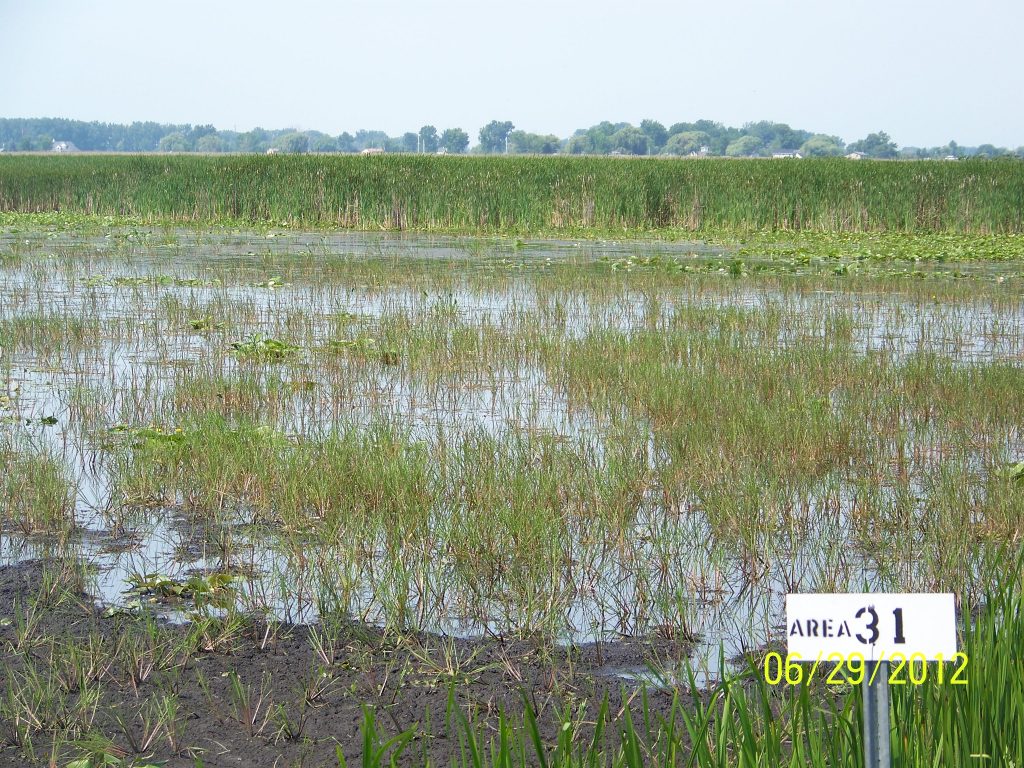
Harsens Island–St. Clair Flats State Wildlife Area
This Wetland Wonder on the shores of the St. Clair Flats is a short ferry ride from Algonac across the St. Clair River. The 3,355-acre has been a destination for waterfowl hunters for many years.
Outside of the hunting season, Harsens Island is an excellent birding and wildlife watching spot. Viewers can spot swans, herons, egrets, sandhill cranes, muskrats, mink, deer, bald eagles, osprey and more.

Pointe Mouillee State Game Area
Located on the western shore of Lake Erie in Rockwood, Pointe Mouillee is one of the largest freshwater marsh restoration projects in North America and is composed of 4,040 acres of cattail marsh, field, coastal wetlands and forest.
Birders from Michigan and Ohio regularly visit the marsh, field and forest habitats of Pointe Mouillee to see ducks, shorebirds, herons, eagles, ospreys, warblers and more. Pointe Mouillee often hosts rare avian visitors. In recent years, glossy and white-faced ibises, black-necked stilts, a white wagtail, king rails and a black-headed gull have made appearances in the marsh.
Allegan State Game Area – Fennville Farm Unit
This 4,100-acre unit is a waterfowl hunter’s and wildlife viewer’s dream. Not only does it have waterfowl migrating through; it also is home to upland sandpipers, dickcissels, deer, pheasants and turkey.
Fish Point State Wildlife Area
Located in Michigan’s Thumb, this wildlife area juts out into Saginaw Bay and has been called the “Chesapeake of the Midwest.”
During spring and fall migrations, the habitat and food resources at this site attract thousands of ducks and other water birds such as tundra swans. Shorebirds, herons, egrets, bitterns and other marsh birds make their home here.
Muskegon County Wastewater System
Hunters and birders know that Muskegon County Wastewater System is something special. The large lagoons at the facility attract a wide variety of waterfowl species, including up to 12,000 ruddy ducks and over 5,000 northern shovelers during spring and fall migration.
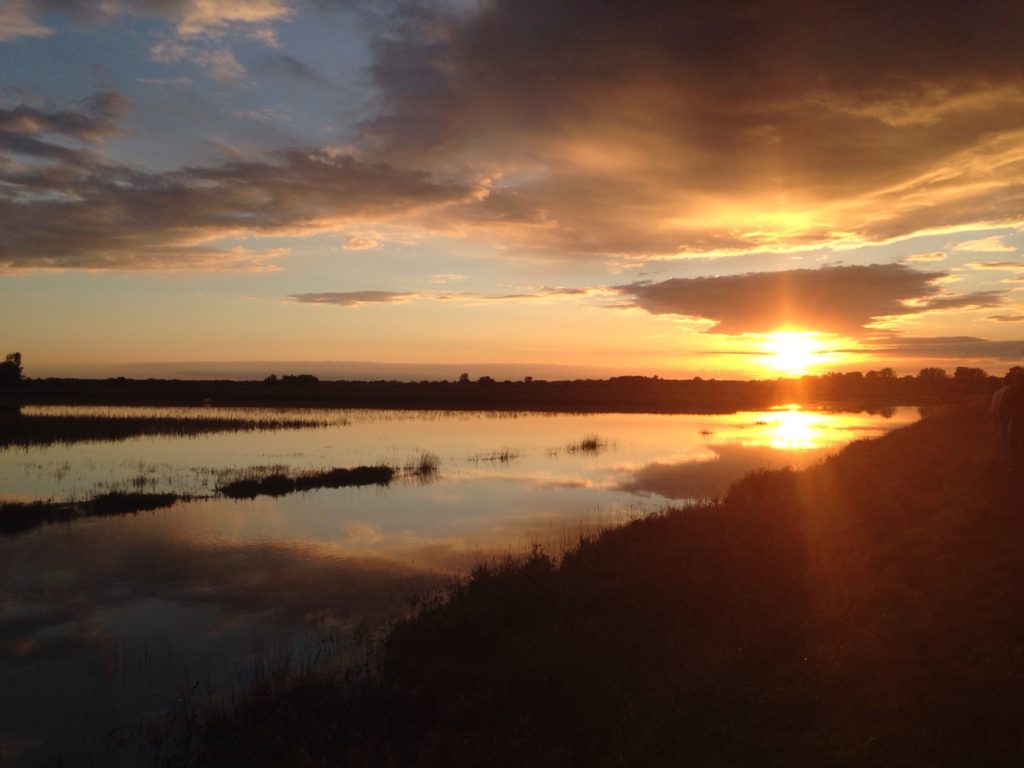
Nayanquing Point State Wildlife Area
The area encompasses 1,505 acres and consists of cattail marsh, farmed upland fields, and shrubby lowlands. Water control structures allow for the flooding of farm fields for excellent waterfowl habitat during fall migration.
Shiawassee River State Game Area
This massive floodplain in Saginaw County is found at the confluence of the Flint, Shiawassee, Bad, Cass and Tittabawassee rivers as well as Swan Creek. At roughly 10,000 acres, it is the largest managed waterfowl hunt area in Michigan.
Not only can birders spot ducks, geese, grebes and coots; a number of warblers, sparrows, woodpeckers, birds of prey including bald eagles, golden eagles and ospreys, and much more also move through the area.
Funded by hunting license fees
For more than a century, forward-thinking early conservationists – led by hunters and fishermen – have worked to preserve wild habitats and protect rapidly disappearing wildlife. The movement gave rise to regulated hunting and fishing and public lands that government agencies manage using scientifically based practices.
But hunters and fishermen do far more than support conservation philosophically – they also back it financially.
In fact sportsmen, through the purchase of hunting and fishing licenses, fund the bulk of the state’s conservation and wildlife management activities.
Every time a hunter or angler purchases a license, tag or permit, that money is funneled to the DNR for activities such as habitat improvements and invasive species control.
The sale of hunting and fishing licenses generated an estimated $63.2 million in fiscal year 2015–16, according to DNR records.
“We owe a debt of gratitude to sportsmen and sportswomen for all they do to help make Michigan the great state it is today,” Pedigo said. “The conservation projects taking place across the state continue to benefit the wildlife species we all enjoy.”
Michigan’s Wetland Wonders
- Michigan is home to seven “Wetland Wonders” located across the southern Lower Peninsula, from Muskegon County to St. Clair County and from Bay County to Wayne County.
- The Wetland Wonders were established in the 1950s and 1960s by the Michigan Department of Natural Resources to provide exceptional waterfowl hunting and wildlife viewing opportunities. Today, in addition, each location offers exceptional outdoor recreational opportunities such as wildlife viewing, bird watching, paddling and hiking.
- These areas continue to be scientifically managed to provide an ideal haven for migrating waterfowl and other wetland wildlife.
- Funding used to manage the Wetland Wonders is provided by hunters and anglers, through the purchase of hunting and fishing licenses. These license fees also provide funding for the bulk of the state’s conservation and wildlife management activities.
